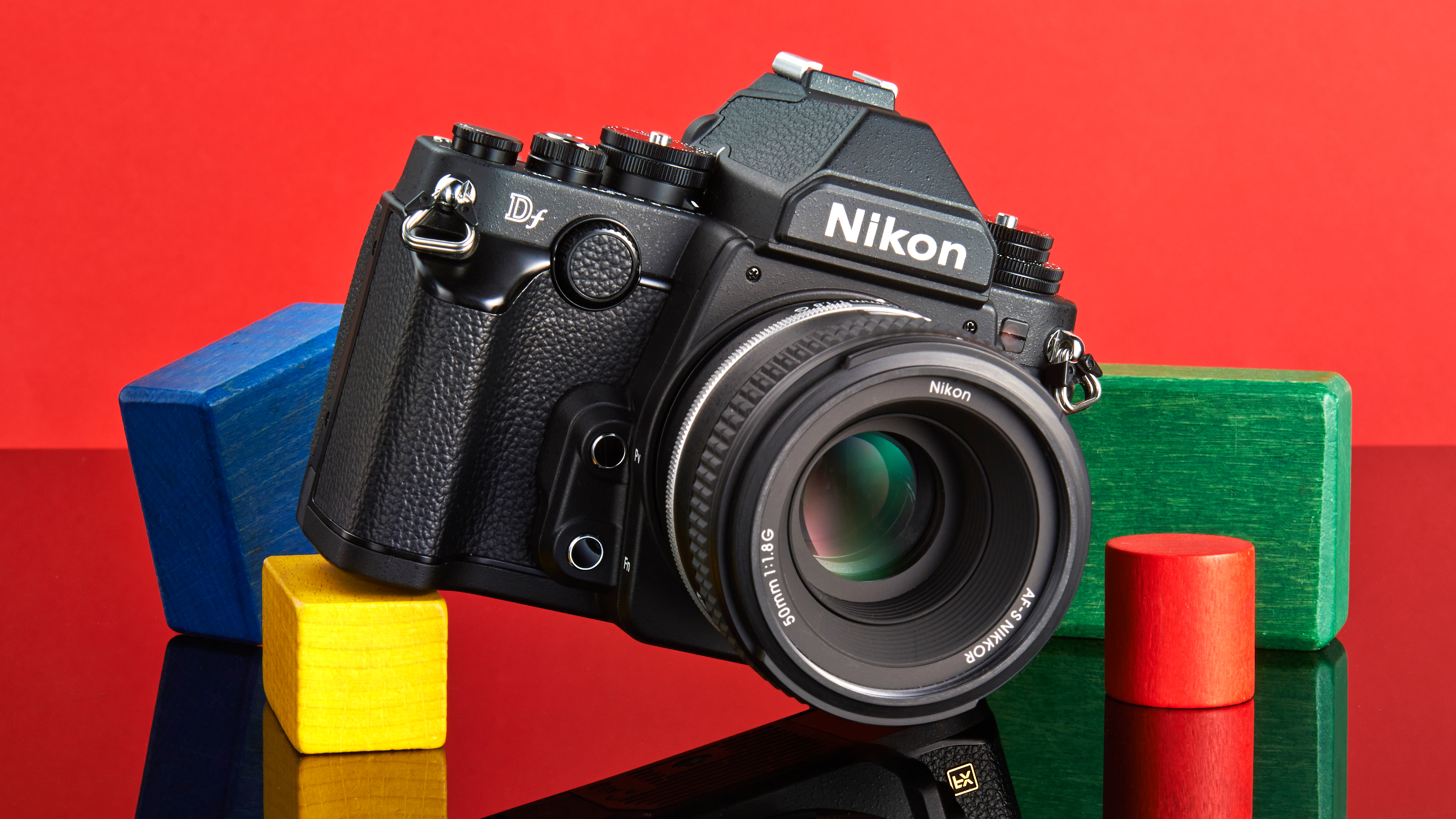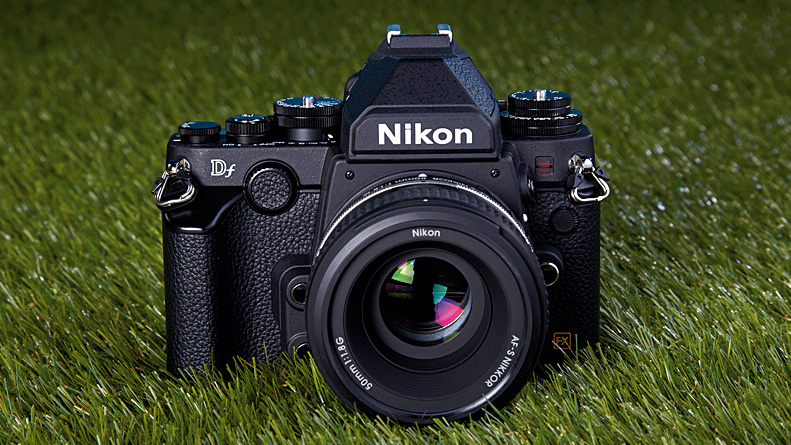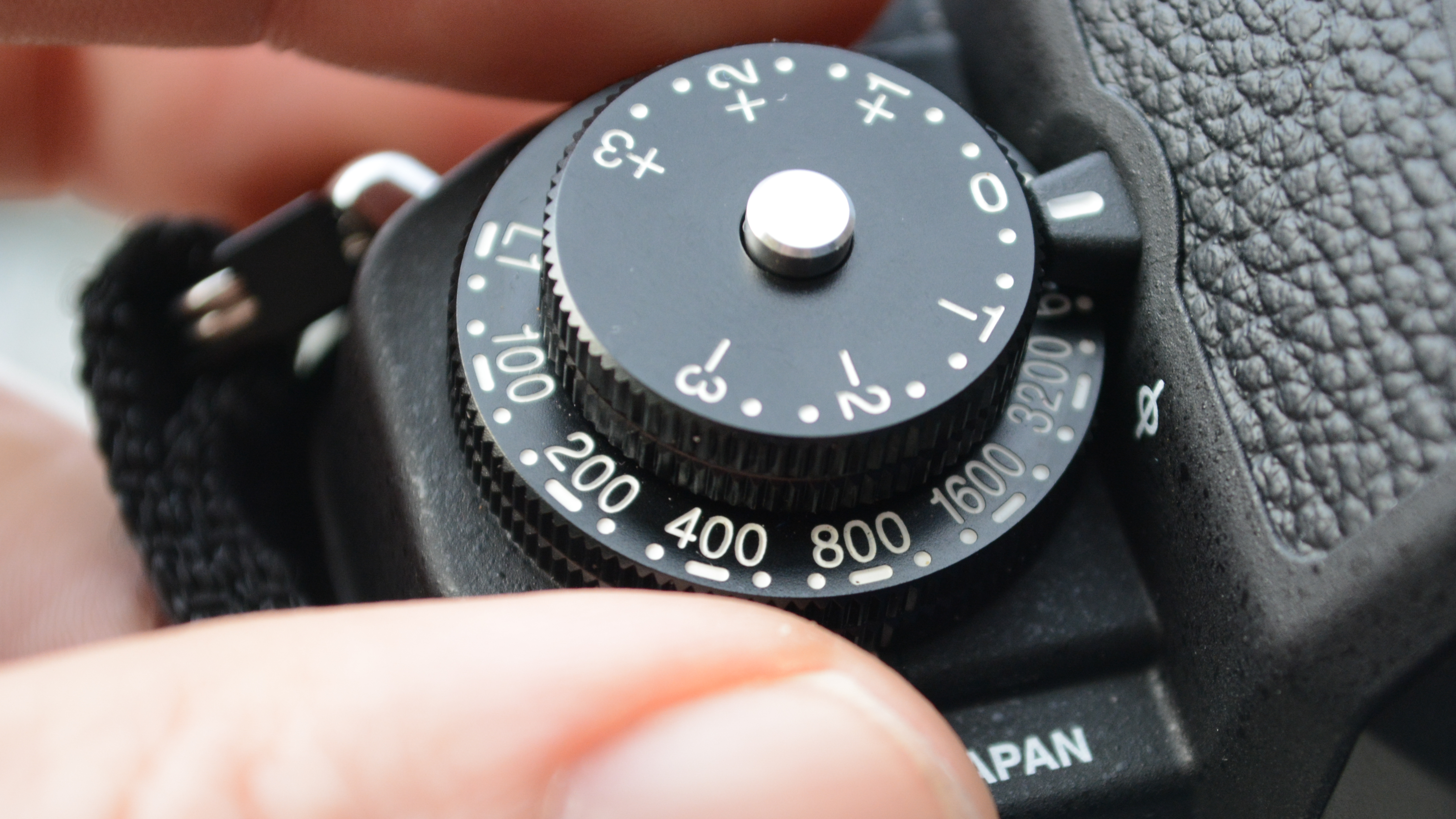
The Nikon Df is a camera that holds a special place in my heart. As someone who has spent 20 years using Nikon cameras professionally, I’ve always admired the brand’s ability to blend tradition with cutting-edge technology.
While I now shoot exclusively with the Leica M system for my personal work, the Nikon Df remains a unique and desirable piece of photographic history—one that I wouldn’t hesitate to add to my collection when the right opportunity arises.

When the Nikon Df was introduced in 2013, it was something entirely different from the prevailing trends in digital photography. This was the first serious attempt by a major manufacturer to create a DSLR that truly evoked the look and feel of a classic film camera, without sacrificing the conveniences of modern digital technology. At a time when most DSLRs were focused on high-speed autofocus, video capabilities, and ever-growing feature lists, the Nikon Df was a refreshing departure. It wasn’t about specs; it was about the experience.
The heart of the Nikon Df is its sensor—borrowed from the legendary Nikon D4. This full-frame 16.2-megapixel sensor was known for its incredible low-light performance and dynamic range, and packing it into a smaller, lighter, and more classically styled body made the Df an instant hit with photographers who valued image quality above all else. The camera’s mechanical dials, metal construction, and optical viewfinder provided a shooting experience that was as close to film as one could get with a digital camera. Nikon’s decision to omit video functionality reinforced its commitment to still photography, a rare move in an era where hybrid shooting had become the industry standard.
The Df was the trendsetter that sparked the retro digital camera movement, paving the way for its spiritual successor, the Nikon Zf. The Zf builds upon the Df’s foundation, integrating the latest mirrorless technology while refining the classic design elements that made the original so beloved. Today, the global success of the Nikon Zf proves that the demand for digital cameras with an analog soul is stronger than ever. But while the Zf may be the new standard-bearer, the Df remains an icon—the camera that started it all.

With time, the Nikon Df is poised to become a collector’s item. Its rarity, distinctive design, and connection to one of Nikon’s greatest professional DSLRs make it a camera that will only appreciate in value. It may not have been a commercial blockbuster upon release, but its influence on camera design is undeniable. For those of us who appreciate the tactile joy of physical dials, the balance of old and new, and the purity of still photography, the Df represents something truly special.
I will always have an affinity for Nikon, and despite moving away from the system in my current work, I know that one day a Nikon Df will find its way onto my camera shelf. It remains one of the most unique digital cameras ever made—one that offers the analog experience without compromise, housed in a body that still feels like a true photographer’s tool. If ever there were a digital camera that deserved a second life as a sought-after classic, it is the Nikon Df.







